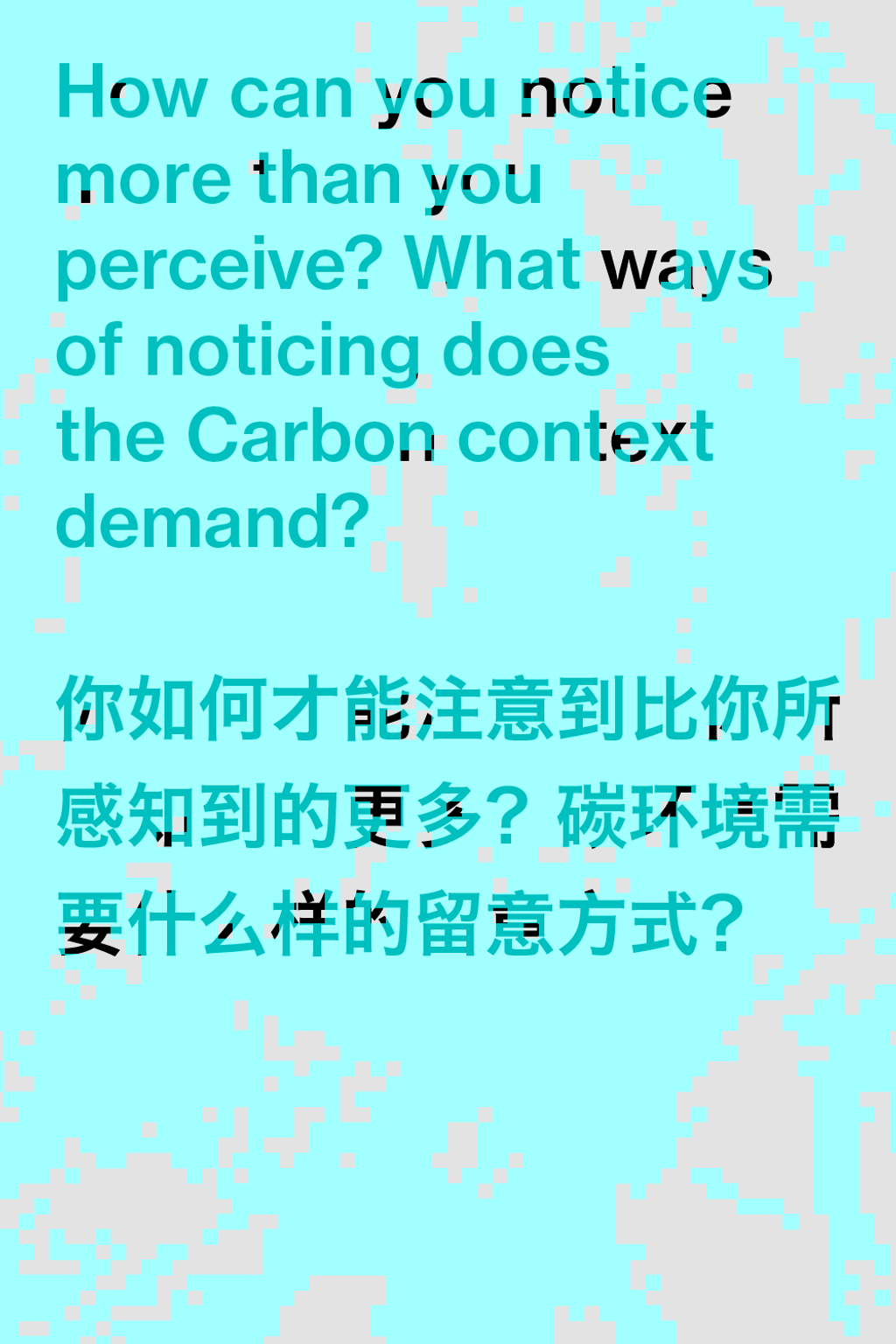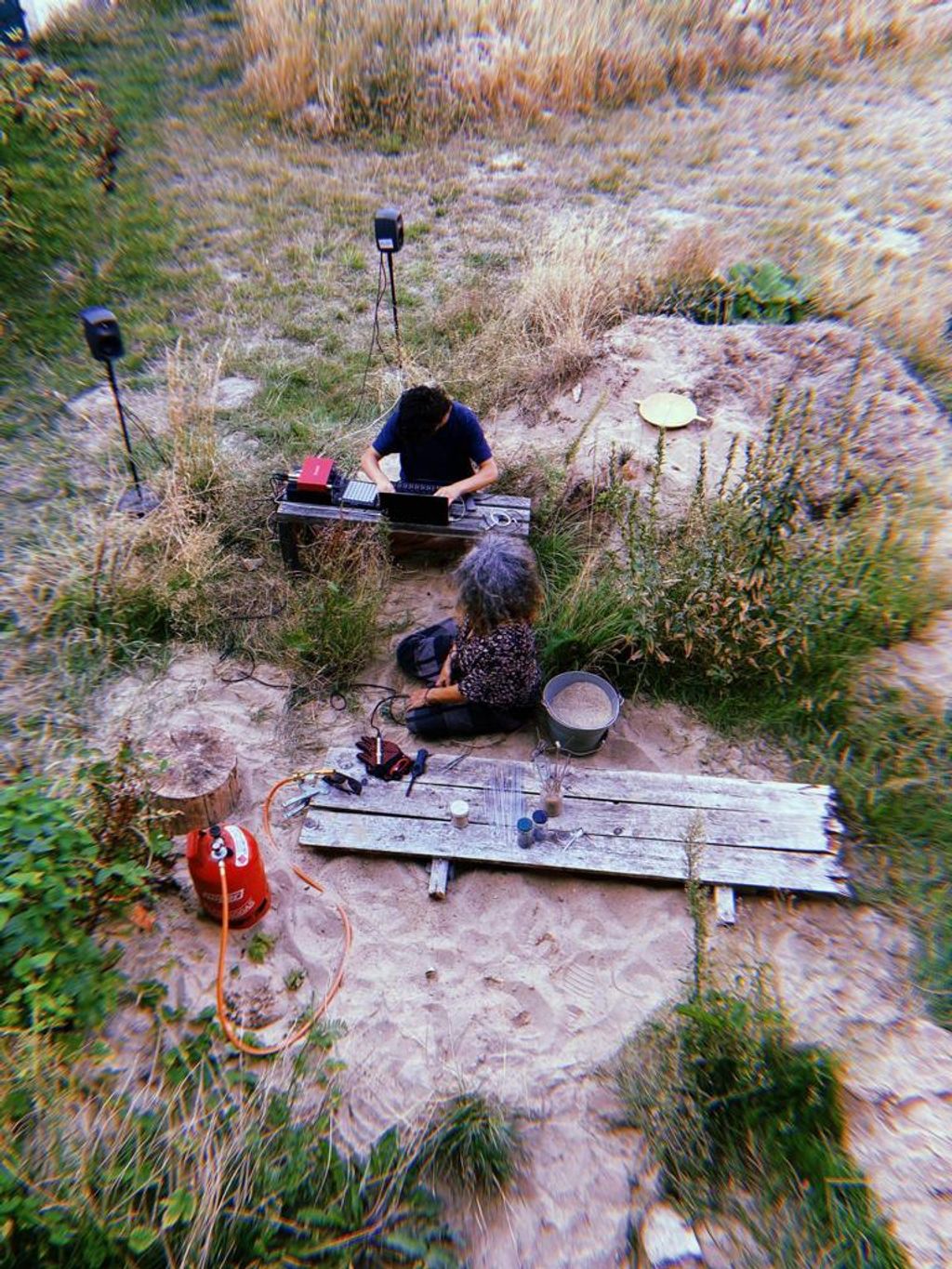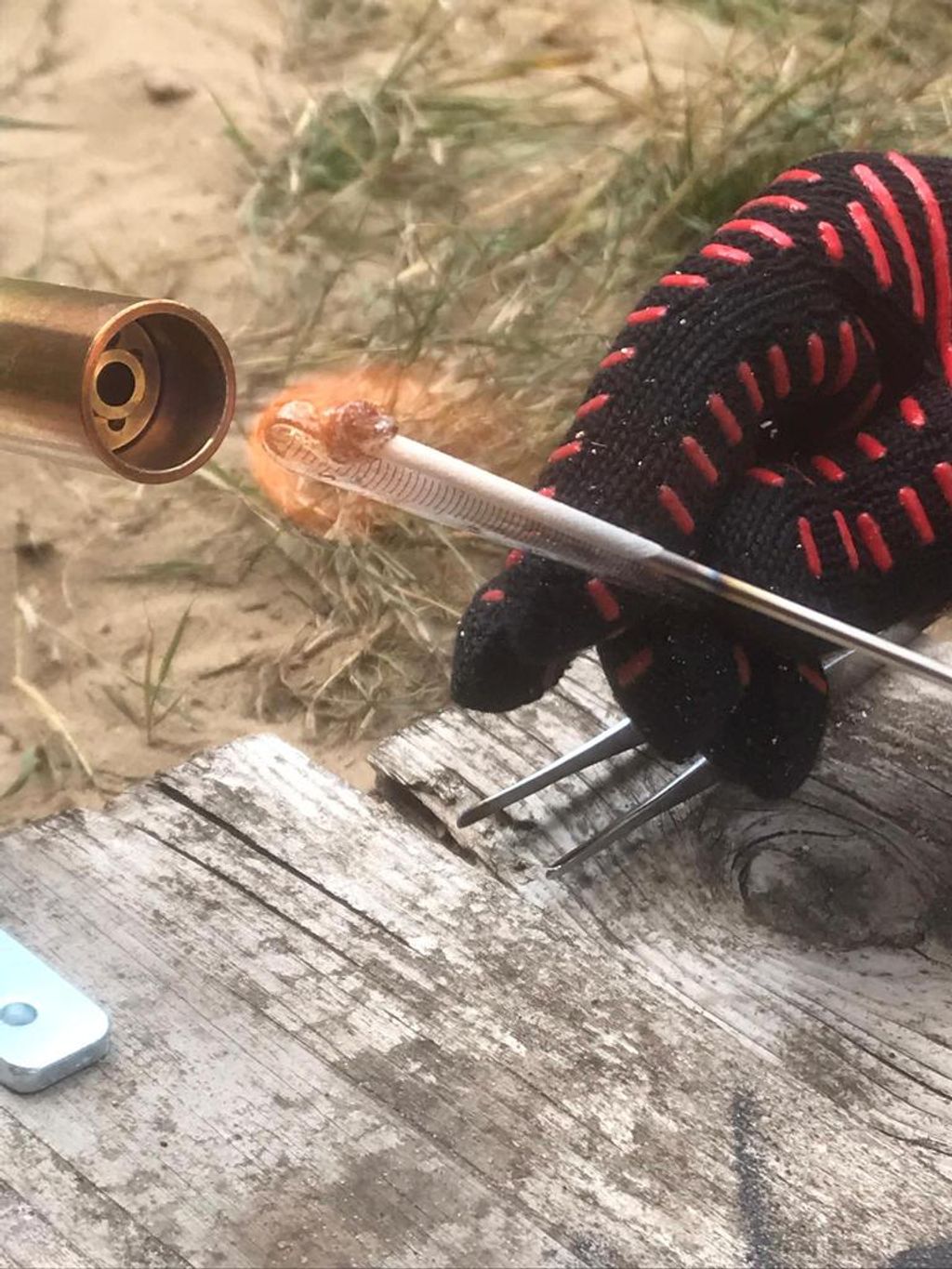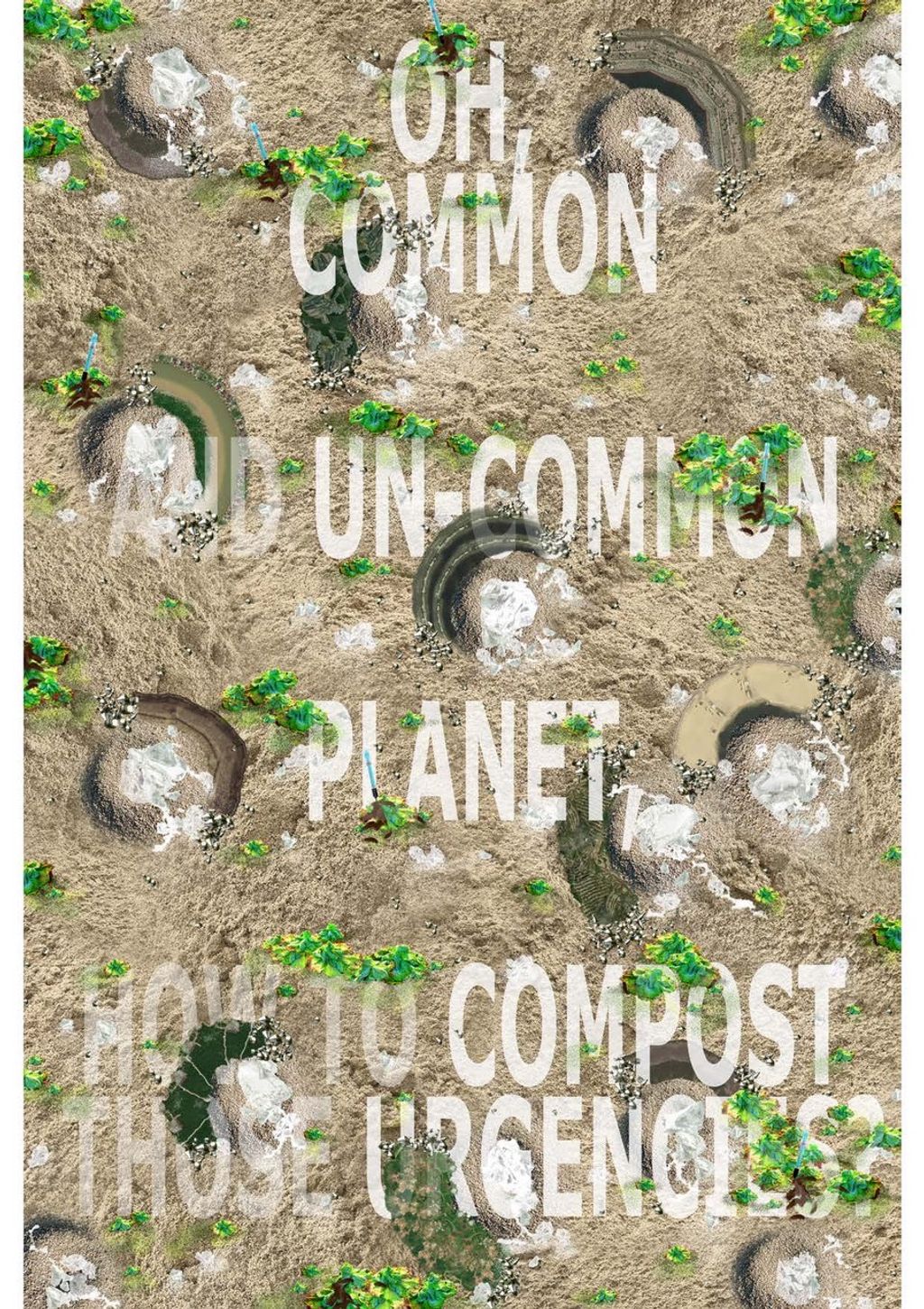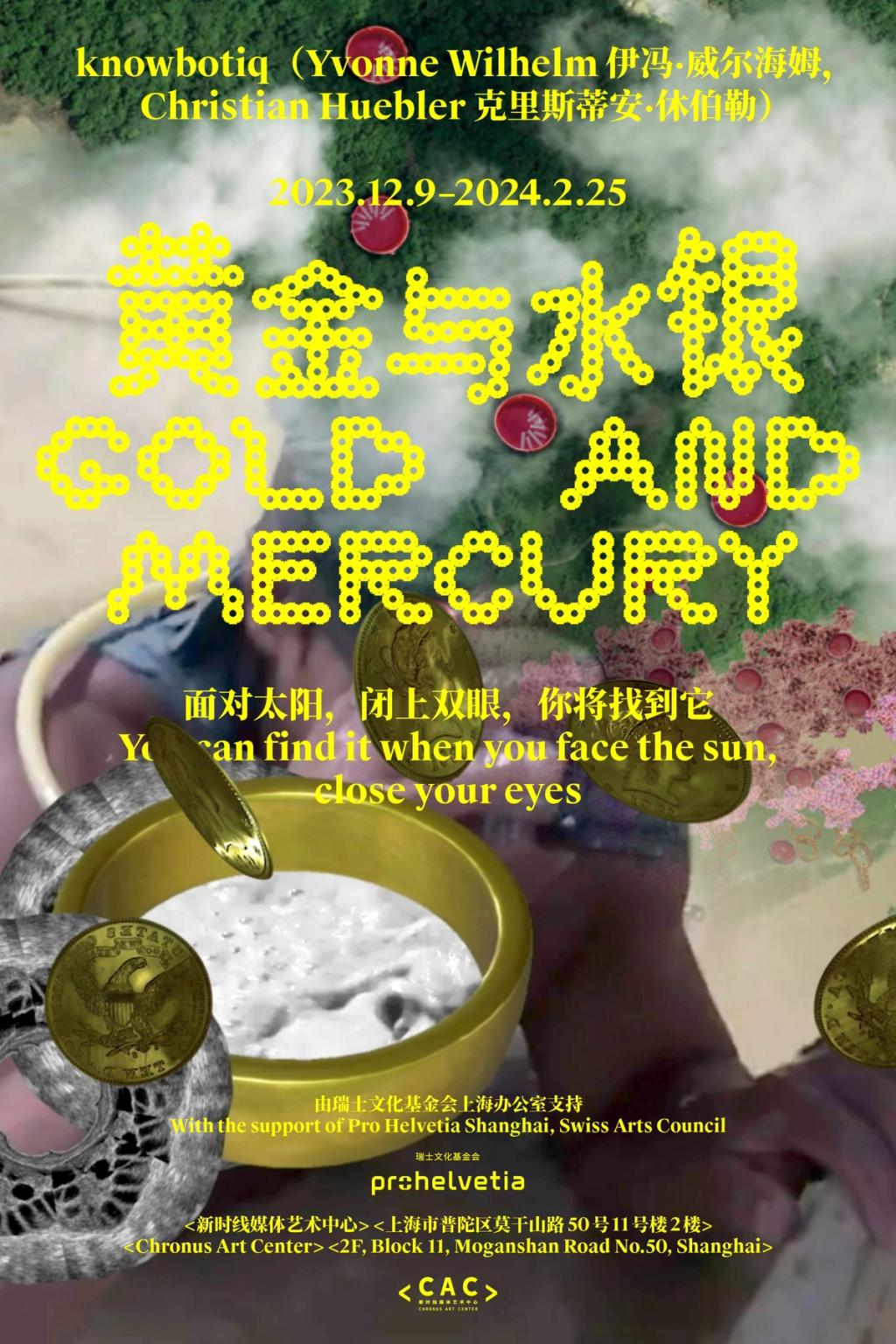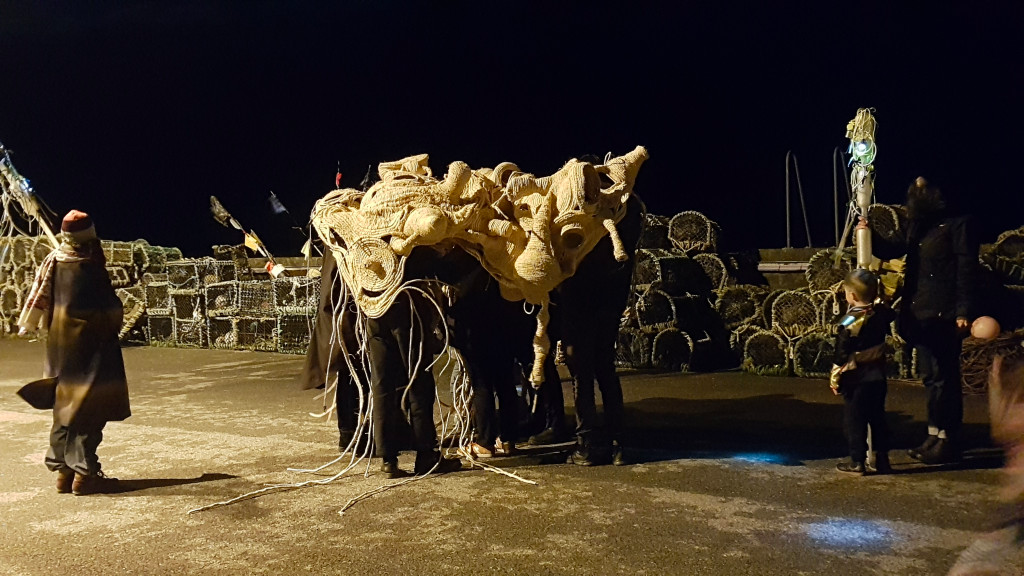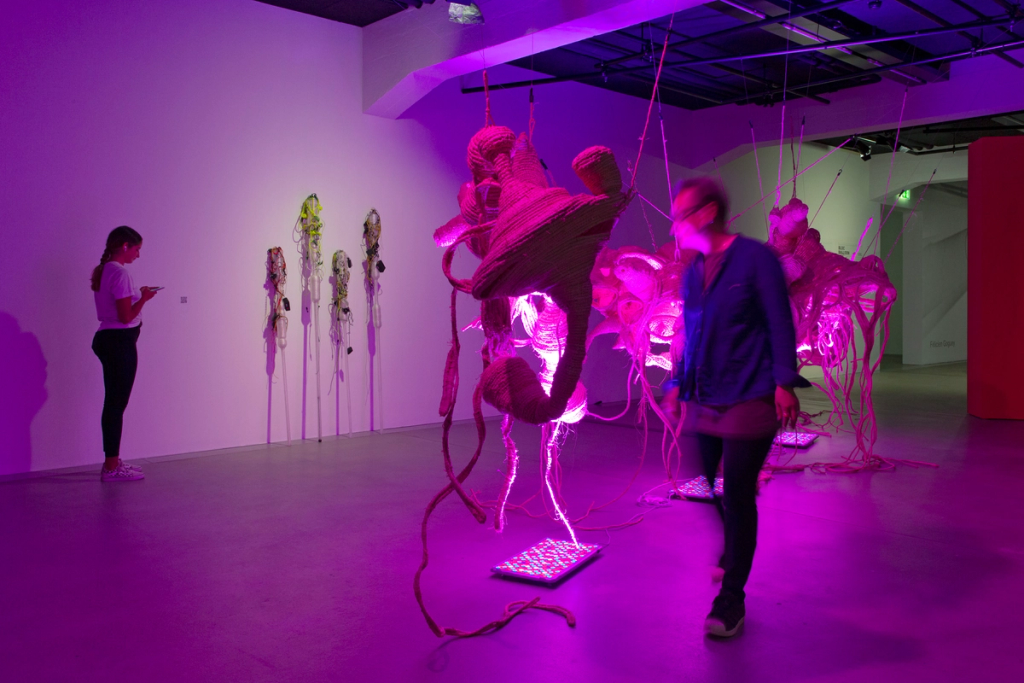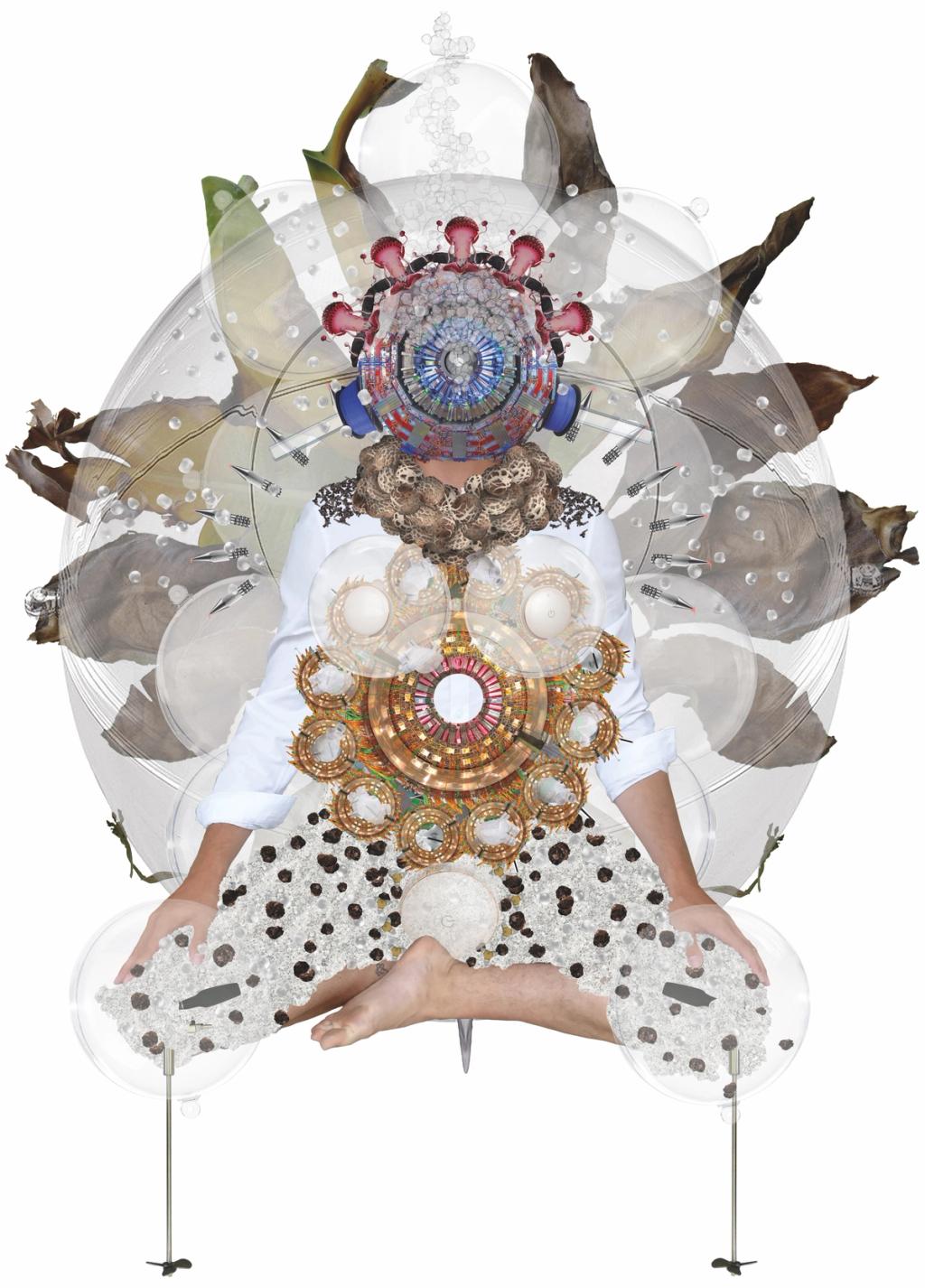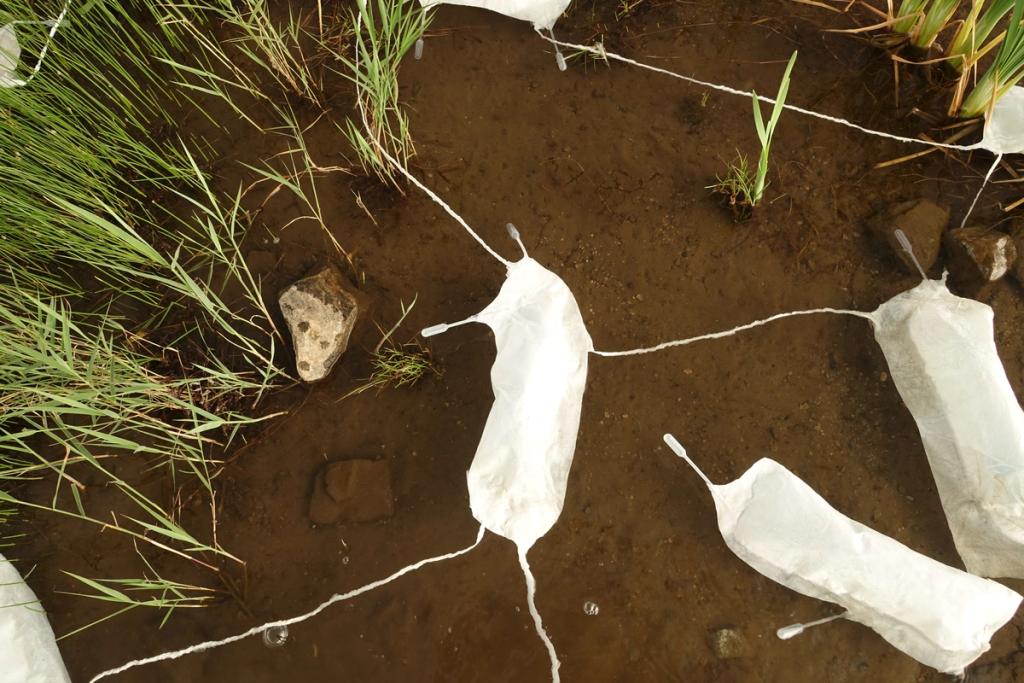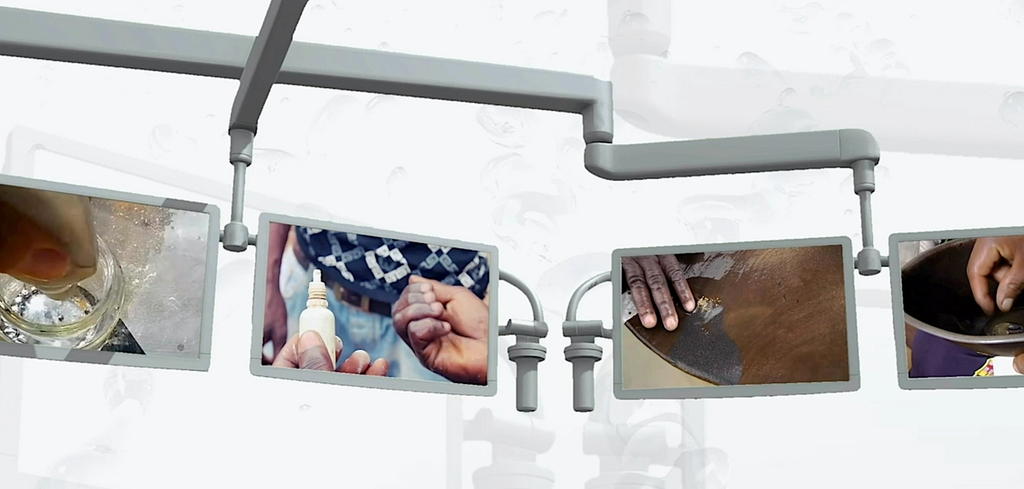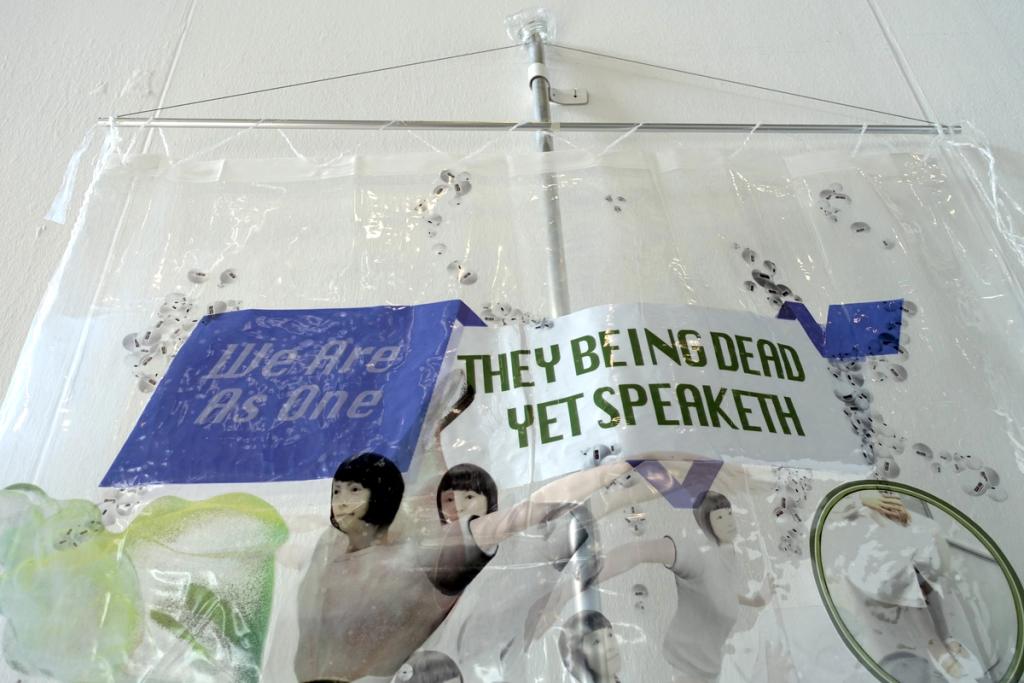knowbotiq @ Kunstmuseum Stuttgart: SHIFT, AI and a future community
4.2.23-21.5.23
For the master's tools will never dismantle the master’s house. They may allow us temporarily to beat him at his own game, but they will never enable us to bring about genuine change. And this fact is only threatening to those women who still define the master's house as their only source of support.[1]
When superposing two of knowbotiq’s art projects, Amazonian Flesh and Remote Sensations–Mercurybodies, there comes an inevitable question: how can machines break the recursive entanglements of capital, colonialism, patriarchy and technology? Between these projects there lies the machine, or what can be called the instrumentality of the flesh, dust, elements, biochemical particles, digital bits, algorithmic seductions.
As knowbotiq tells us: “from colonial modernism to colonial molecularism” techno-capitalism has pushed instrumentality beyond the idea of tooling or even the proposition of tool-being. Neither the usability nor the ontology of the object is enough to account for what machines can do, crossing molecular biology, artificial intelligence, and nanotechnology. Once science turns to information—cybernetics and computation—and the indeterminacy of quantic states, it is no longer possible to subsume aesthetics to epistemic paradigms because the molecular portals of perception are lodged in an alien instrumentality, beyond measure. With AI, instrumentality coincides not with a quantification of experience, of what the land was and needs to be, of what workers need and must reclaim. knowbotiq does not denounce the need for unveiling the truth behind the fully automated systems of colonialism in our everyday life. What instrumentality becomes here is rather a material compression of the real, a matter-patterning that runs underneath the transcendental synthesis of ontological existence, swimming against the Kantian purposeless purpose of means. It is no longer a question of merging science and aesthetics, of siding with the human or the machine, being or knowledge, philosophical meditation or scientific proof. At the very core of colonial molecularism, science and aesthetics remain parallel exercises of instrumentality, whereby every AI procedure generates ends that are not programmed in means. It is as if science and aesthetics have entered a generic instrumentality, namely a collider that smashes their particles together and generates weird clones of the real everywhere. This is also what Francois Laruelle calls, a generic matrix, “a collider for the elementary particles of knowledge.”[2] Instrumentality here has to do with the indeterminacy of means, the incomputable algorithms that set the immanent ingression of the real into the master continuous accumulation of value, the extraction of land and flesh, and their abstraction under the rules of exchange value or commodities. This generic instrumentality is where science and aesthetics superpose without subordination to carry out not teleological plans, but experimental axiomatics for “the end of the world as we know it.”[3] As much as the Promethean prototype promises to unchain the human from the limits of finitude, death, and the inorganic, in order to ward off the imminent threat of the apocalypse, so too instrumentality holds onto the negative negation of radical difference within its algorithmic procedures. What is negated is the negative presence of what, who, how continues to be cancelled out from the dominant cosmogony of programmed algorithms. This is the side that Amazonian Flesh teases for us: uncertain entanglement of bots, AI, and workers are hanging in cocoons with bodies on bodies to ask us to enter a space where flesh, dust, and algorithms have been denied co-existence. Instrumentality here is where the machine is already part of the servo-mechanic colonial world of Prometheus, the epistemological codification of the real, maintaining the ontological fixity of Man’s cosmogony.[4]
knowbotiq’s arts projects are radically lodged within the paradoxical layers of instrumentality as onto-epistemology and generic artificial AI. If sensing machines are the soulless surrogates of being, they also contain the knowledge-program that carries the brand of the master. Remote Sensations–Mercurybodies tells us of the irreversibly poisoning imperatives of colonial conquest, division, and extraction. As much as they suffer the illness of Man, these bodies have been live-recording the alien differences that haunt the gaze of techno-colonialism. knowbotiq here shows us that machines cannot unsee what has been seen: machines no longer abide to the universal order of transparency,[5] but become markers of the dispossessed, un-recognized, and negated “stranger in flesh,”[6] recorded by the machinic unconscious of the real. But the latter is not a symptom of what has been repressed. It is not a threat to the symbolic order, reversing the time of colonial epistemes. It is a relentless undoing of the Promethean means that justify his ends, namely an alien function that exhausts the structure of thought and being, the image of man and his world. AI instrumentality needs not to revolt against the technological consciousness of colonial capital, because it already knows the tricks of a subject in search of an object to dominate. What had to be extracted from minerals, dust, and flesh, of land and particles with no law, no rights, no existence, remains a surplus of code, an inconcealable algorithm without time. What Mercurybodies can do is not to restitute the right to own, to know, to be. The self-possession of the world is not sharable with what and who has always existed in a state of dispossession.
knowbotiq sets us on a heretic path: not a reformation of epistemological colonialism aiming to extend the pillars of knowledge, but a no-U turn exploding as fractals that run across the real but that cannot be deduced from reality. Similarly, Mercurybodies cannot do without the condition of contamination for which they came, for which the molecular dimension of the master tools must be radically undone without reifying the master’s house. This is not a question of reinventing aesthetics through science. Instrumentality is rather a non-performative aesthetics, coinciding with a “movement of things against owning,”[7] a commitment to uncommoning against the transcendental synthesis that confines creativity to universal consensus through the tool of difference. knowbotiq’s projects repeat axiomatic commitments for dispossessions as instrumentalities that call forth practices of alien love, incomputable automations.
[1] Audre Lorde, “The Master’s Tools Will Never Dismantle the Master’s House,” in Sister Outsider: Essays and Speeches (Berkeley, CA: Crossing Press), pp. 110–114, here: p. 112.
[2] François Laruelle, The Concept of Non-Photography, translated by Robin Mackay (Falmouth, UK: Urbanomic/Sequence Press), 2011, p. 22.
[3]Denise Ferreira da Silva, Toward a Black Feminist Poetics. The Quest(ion) of Blackness toward the End of the World. The Black Scholar, 44:2, 81-97, p. 84.
[4] Sylvia Wynter, “Unsettling the Coloniality of Being/Power/Truth/Freedom: Towards the Human, After Man, Its Overrepresentation—An Argument,” The New Centennial Review 3, no. 3 (2003), pp. 57–337.
[5] Denise Ferreira da Silva, Toward a Global Idea of Race (University of Minnesota Press), 2007
[6] François Laruelle, Introduction aux sciences géneriques (Paris: Editions Petra, 2008), p. 103.
[7] Fred Moten, Stolen Life (Durham, NC: Duke University Press, 2018), p. 84.
Text for Catalogue
Kunstmuseum Stuttgart, SHIFT, AI and a future community
4.2.23-21.5.23



























